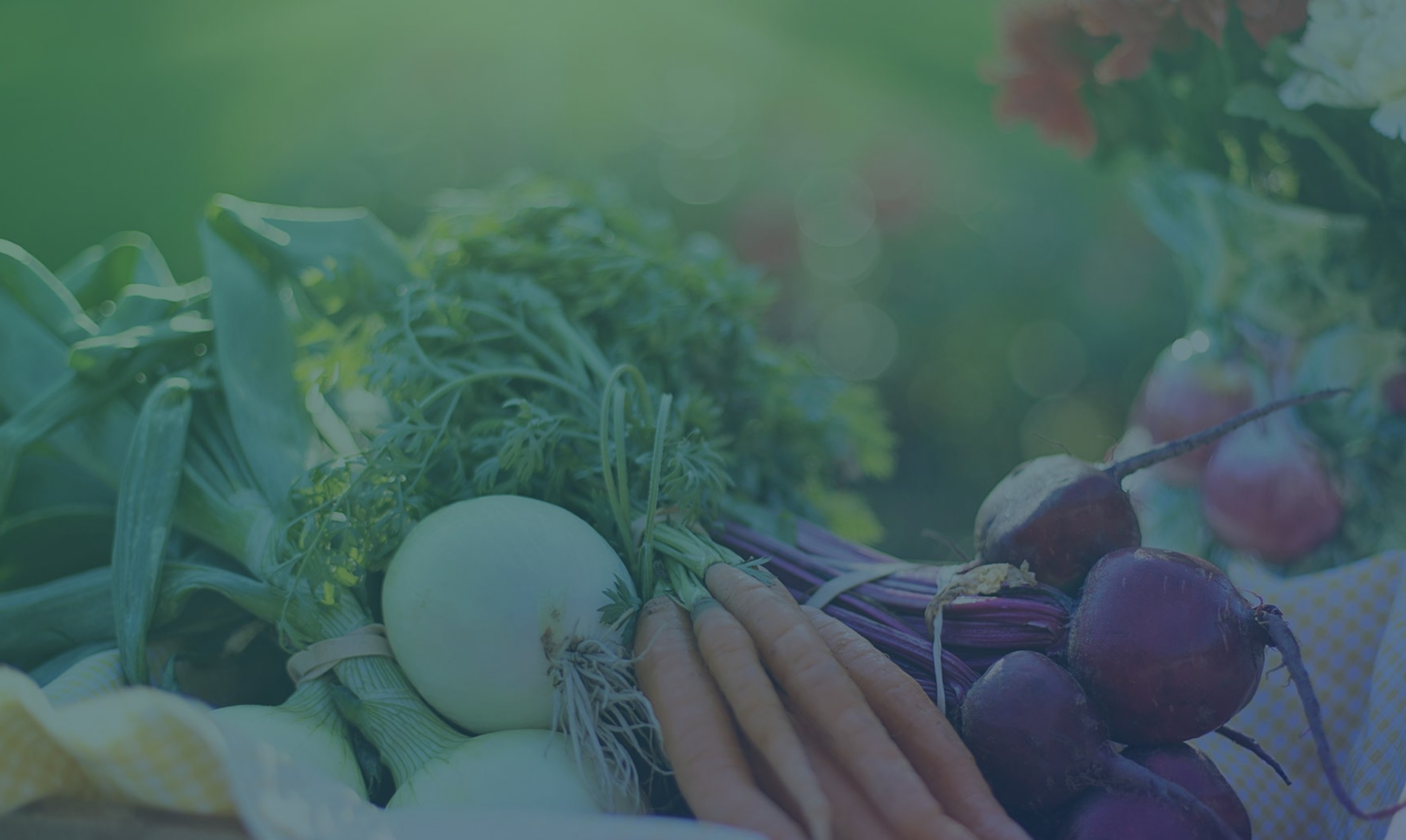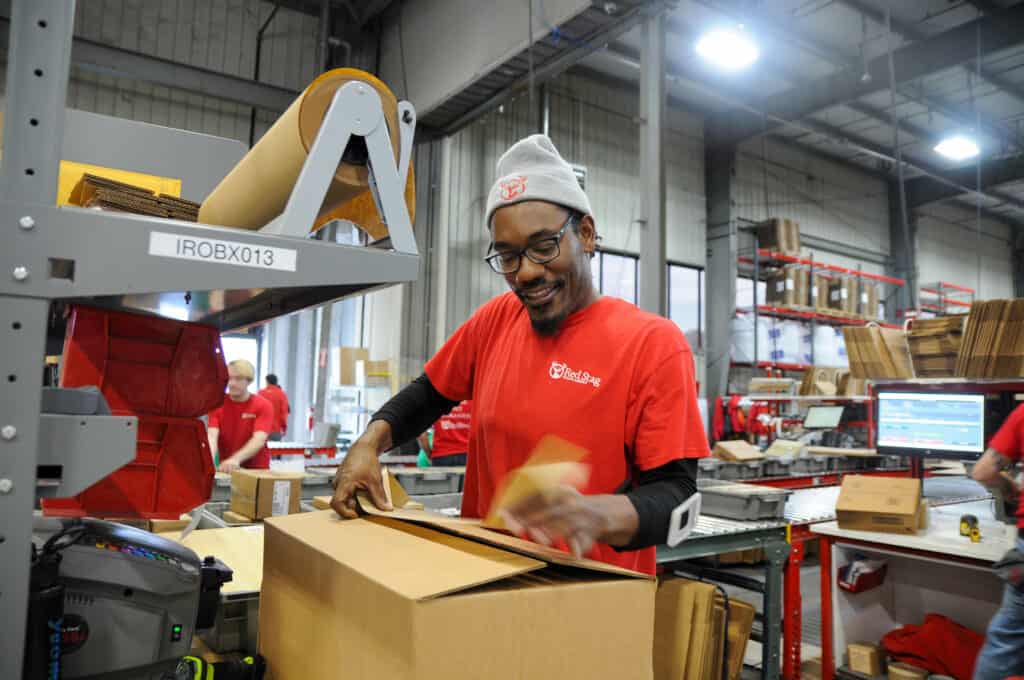Not so many words in the fresh produce supply chain can make skin crawl and wholesalers cringe like the word “recall.”
Even with the most rigid and regulated protocols in place, things still go wrong, some of which may lead to a produce recall. If not properly dealt with, this recall can result in a decline in sales, damage to the wholesaler’s brand, and in worse cases, lawsuits.
What role do wholesalers play in a recall plan? In a recall plan, wholesalers are usually in a tricky position. The chances are that they are not responsible for the recall. Yet, they have a role to play.
It helps if the wholesaler has a good traceability system in place. With an ERP solution like Silo, the wholesaler can trace the position of the recalled produce, identify the lot location, and contact all relevant parties. Check out https://usesilo.com/ to learn more about this ERP software.
This article discusses in detail the different types of produce recalls according to the FDA, the causes of produce recalls and how wholesalers should handle these recalls.
Table of Contents
Classification of Recalls
In general, a produce recall process begins when the supplier initiates it or the FDA requires it by sending a recall notice. The FDA categorizes these recalls into three main categories.
Class 1: Produce that can cause serious injury or death. For example, where the produce has been contaminated by Salmonella.
Class 2: All produce likely to cause serious injury or temporary illness to the end users (for example, produce with mold or yeast contamination).
Class 3: All produce that is unlikely to cause injury or illness but violates FDA regulations is placed under this class. An example is mislabelled produce.
What Triggers a Produce Recall?
Fresh produce is relatively more susceptible to recalls than other products because it can be easily contaminated during packaging or handling. The common types of food contamination are physical, chemical, microbial, and allergenic.
Physical
A recall may be initiated because of the presence of foreign objects like insects, pieces of plastic, and hair. They are usually caused when employees do not follow proper hygiene procedures during handling and transportation of the produce.
Chemical
Although chemical contamination is rare, it happens. Therefore, chemicals and other such contaminants should not be allowed anywhere near the produce shelves. Care should also be taken in ensuring that cleaning chemicals do not contaminate the shelved items.
Allergens
While a lot of effort is put into managing physical and chemical contamination, one problem wholesale distributors and other key stakeholders in the fresh produce industry have had trouble managing in recent times is allergen contamination. In fact, undeclared allergens are one of the leading causes of recalls by the FDA and FSIS.

A common challenge with allergen contamination and recalls is when the produce is transported cross-country. For instance, there are eight allergens listed for possible recalls in the United States and 11 in Canada.
So, some allergen contamination may be considered for recall in one country but not another.
Microbial
Contaminants like Salmonella and E. coli are a major cause of foodborne illnesses. They may be introduced into perishables during shelving or transportation and can cause serious illnesses to consumers.
The Role Of Wholesalers In Produce Recalls
Gather Information
Once produce is deemed a health risk to public members, the supplier or vendor is expected to contact the wholesaler and inform them of their plans to recall the produce. You might be informed via a formal notice of recall or informally, after which you are expected to swing into action.
Begin by collecting information about the lot or unit numbers, shipping information about this produce, brand name, means of distribution, and geographical area. Regulatory bodies will usually demand this information from you and the supplier.
If you have an Enterprise and Resource Planning (ERP) solution already integrated into your distribution processes, digging out this information gets even more accessible. ERP solutions like Silo are easily integrative and helpful for viewing relevant information about the inventory.
With well-organized inventories, getting information about the source, order date, expiry date, and other relevant information is so easy.
Remove Produce from Local shelves
Once you have been notified by the vendor or regulatory agency of owning some recalled produce and gathered enough information, you should notify your customers immediately, and also begin to remove the produce from your own facility.
Once identified, isolate them from the rest of the stock. The recall notice would usually contain detailed information about either returning the produce to the supplier or disposing of them.
Cost
The cost of produce recalls can be substantial. The wholesaler, in most cases, will issue a refund, incur expenses in person-hours, miles driven, transportation costs, labor costs, and everything in between.
If not taken care of on time, they may also face some litigation charges. Therefore, every wholesaler is advised to review, with the help of a legal practitioner, the indemnification processes listed by the supplier or vendor in the procurement contract.
You may also want to involve your insurance agents to see if there is any coverage for any possible litigation and all losses you might have incurred from the recall.
What Can Be Done To Prevent A Recall
Data integrity is the fundamental premise of recall readiness and shows that a wholesaler has followed all of the FDA’s recall protocols.
An ERP solution is a large repository of information, gathering data from multiple sources along the supply chain and making it readily available to the user. From a centralized system, you can see all purchase orders, lot numbers, lot location, sales records, invoices, and shipping documents.















